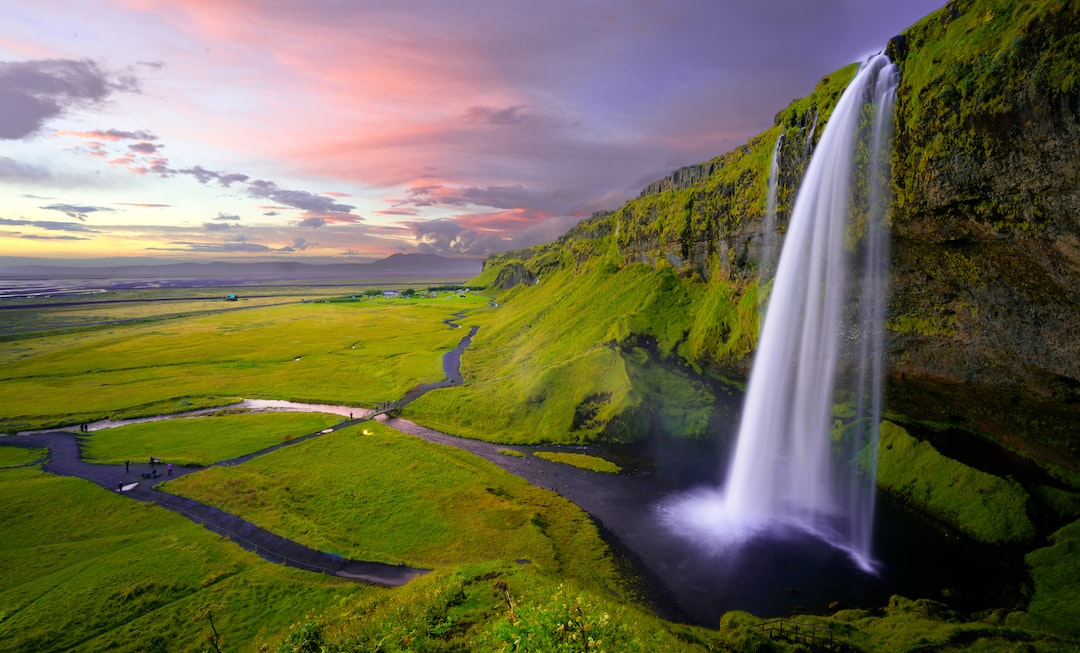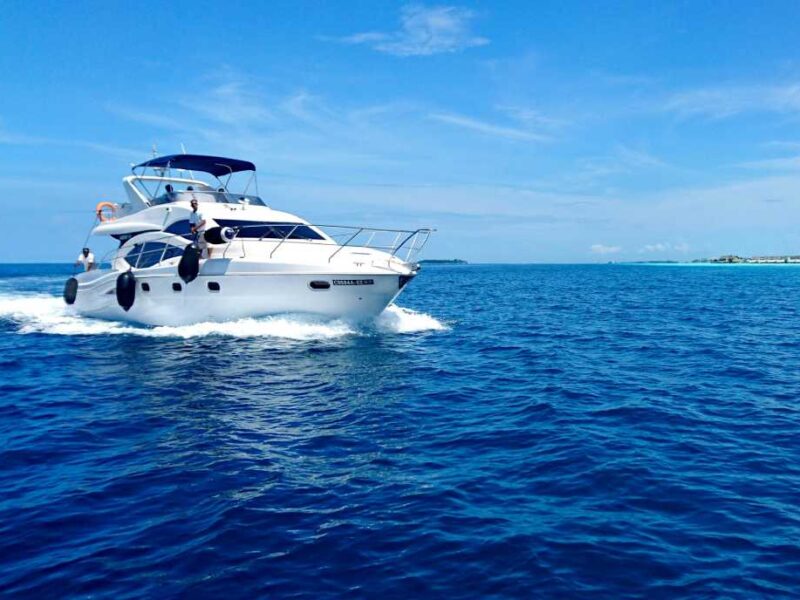There are many different ways to travel around Iceland. You can book an organized tour or rent a car and plan your itinerary.
No matter when you visit, expect the weather to change. It’s common to start the day in glorious sunshine only to be drenched in a torrential downpour an hour later.
Contents
Book Your Accommodation in Advance
Iceland is very popular during the high season, and hotels get full quickly. Also, cars and tours sell out. So here are a few Iceland travel tips, book your accommodation in advance to ensure you have a place to stay and can enjoy the best things to do on your trip.
It’s also important to check the weather before heading out – especially in geothermal areas like the Blue Lagoon or Myvatn Nature Baths. These natural hot springs are unpredictable. While they are usually safe, you could fall through if the ground is loose and be seriously injured.
Also, remember that it is illegal to drive off-road in Iceland. It’s damaging to the environment, and it’s dangerous for you. If you want to drive, ensure you’ve got a good car and learn how to drive on the right side of the road. The roads are very winding and narrow, so paying attention is important. Additionally, consider obtaining an international driver’s license to comply with local regulations. Be aware that sheep will sometimes be crossing the roads. So, be prepared to slow down.
Check the Weather
One of the most important things to consider when traveling to Iceland is the weather. Not only does it affect how much you see and do, but it can also impact your safety.
Iceland’s weather is notoriously variable, so it’s always a good idea to check the forecast before you head out for an adventure. It’s especially important to do this if you plan on hiking or spending time outside. It would help if you were prepared for cold temperatures, strong winds, and occasional rain or snow.
The best times to visit Iceland are in spring and summer when temperatures are warmer. However, these months are also the busiest times for tourists, so you must plan your itinerary accordingly.
Pack the Right Clothes
No matter what time of year you plan to visit Iceland, it’s important to pack the right clothes. It’s no secret that the weather in Iceland is highly unpredictable – it can go from sunny and warm to windy and rainy in a matter of minutes.
You’ll also want to pack a pair of comfortable hiking boots or hiking sneakers. These will help you explore Iceland’s natural beauty and get to the top of some of its many waterfalls and glaciers.
A good pair of waterproof hiking pants and a travel-friendly raincoat are also essential. Exploring waterfalls, lava fields, and other sights will keep you dry.
Sunscreen and a hat are also important to have with you. Iceland is known for its beautiful sunlight but it can harm your skin and eyes. You’ll also want to bring a pair of sunglasses, which will be especially helpful for exploring the Northern Lights in September. And finally, don’t forget a pair of headphones.
Prepare For The Unexpected
If you spend most of your time outdoors, bringing waterproof hiking boots is a good idea. Iceland’s roads can change from paved to gravel quite quickly, and getting caught in the rain without the right footwear could put a damper on your day.
You’ll also want to bring a bathing suit, as you will likely have the chance to dip in one of Iceland’s many natural hot pools or steaming hot springs. You can find these in every town; they are a welcome treat when cold outside. Just remember to shower naked before entering and be aware of local etiquette regarding nudity in public.
Also, bring a pair of slip-on microspikes for walking on icy surfaces. Finally, you’ll need extra SD cards for your camera and phone. Iceland is an incredibly photogenic place, and you’ll want to be able to capture all the moments. Don’t forget to add a waterproof camera case!
Be Prepared For the Road
Unless you stay at one location and explore from there, you must drive around Iceland. Be sure to bring a properly insured car with enough space for your luggage. It’s also a good idea to bring some food for the road, as restaurants in Iceland can be expensive. Gas stations and convenience stores are good places to stock up on snacks.
It would help if you also packed a rain jacket and rain pants, as Iceland is known for its rainy weather. In addition, you will need hiking boots that offer warmth and water resistance. It would help if you also considered bringing a bathing suit, as Iceland is famous for its hot springs and pools. Bringing a sleeping mask’s also a good idea, as the midnight sun can make sleeping difficult.
Another thing to remember is that Iceland is a safe country for tourists, but it’s important to be aware of the local etiquette and laws. For example, driving off-road in Iceland is illegal, so stick to the roads.



